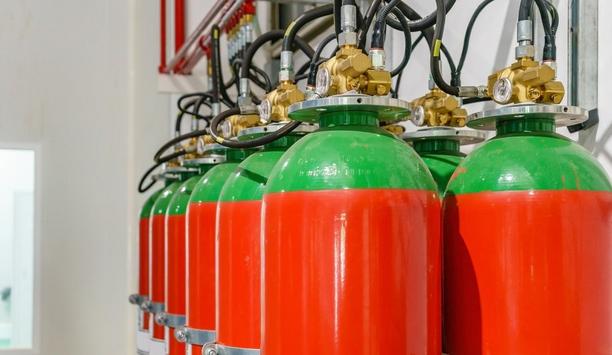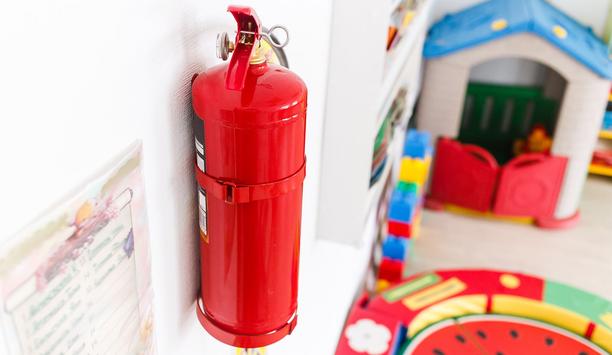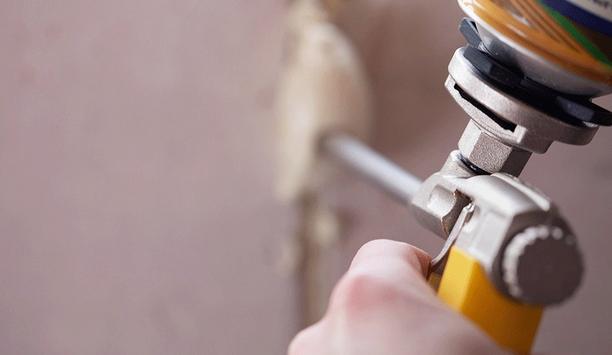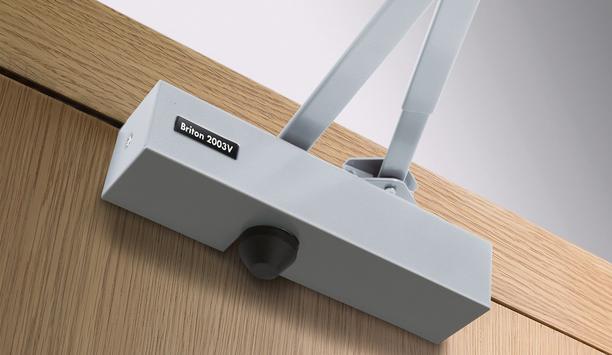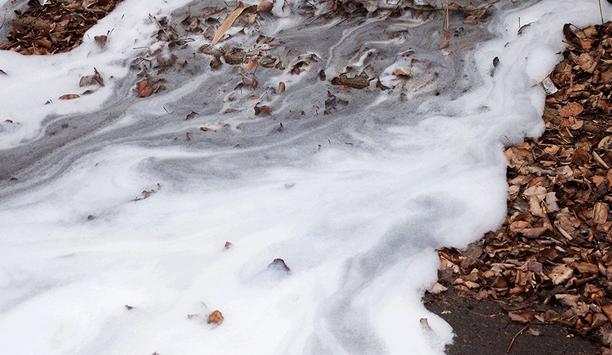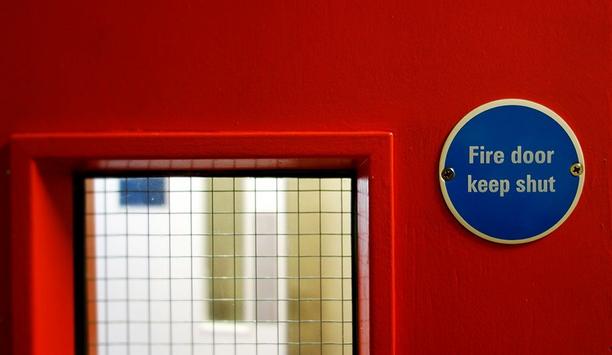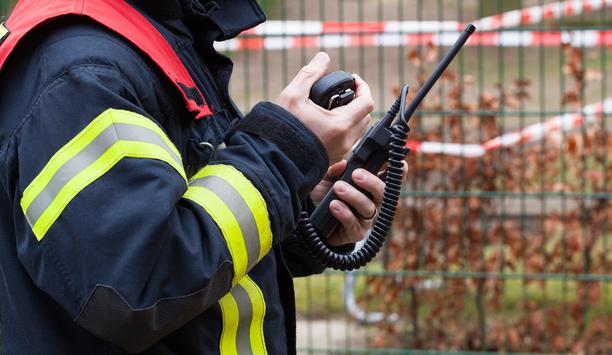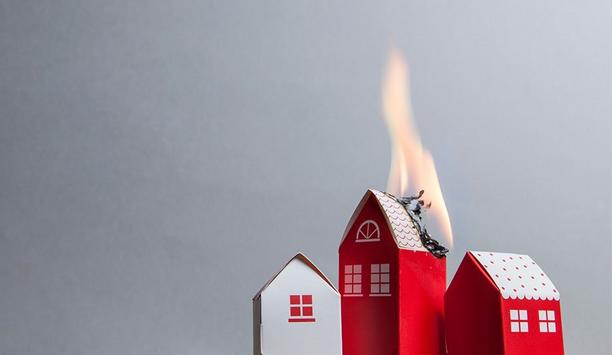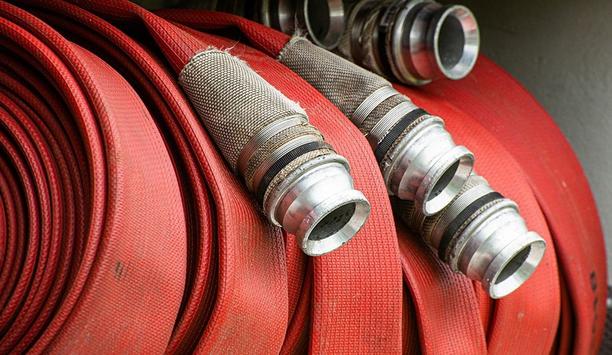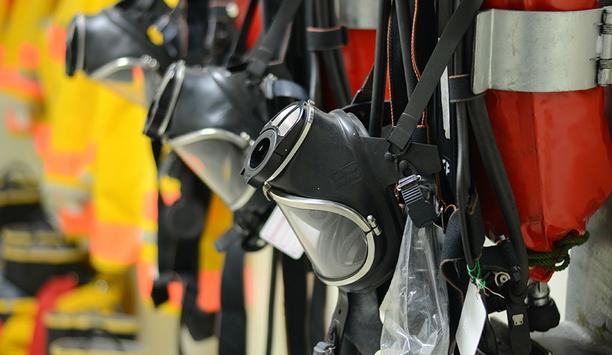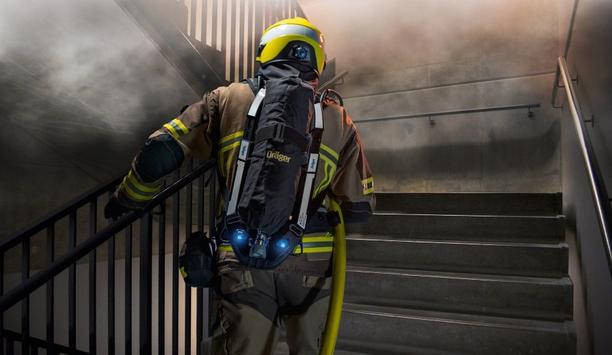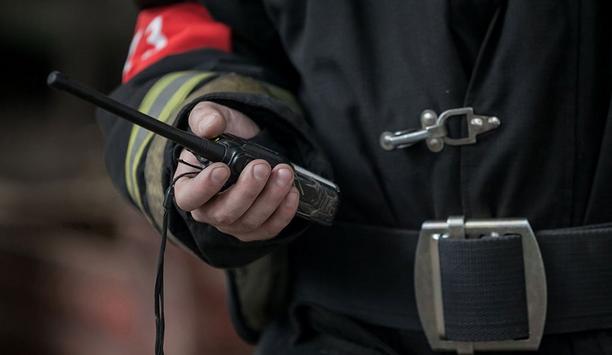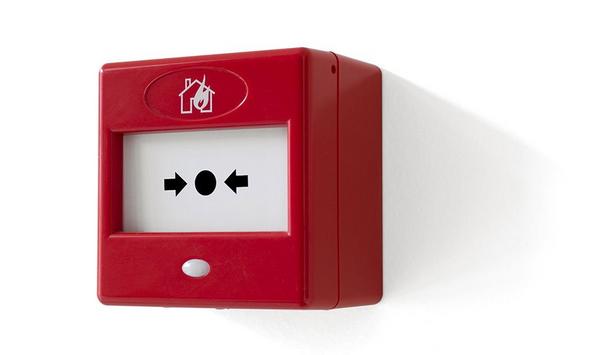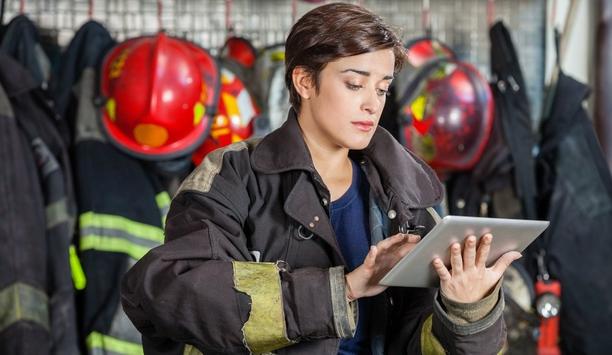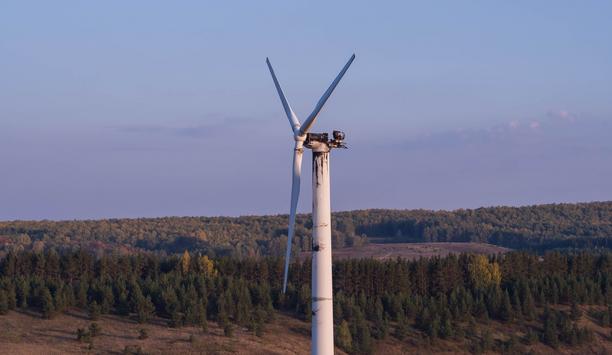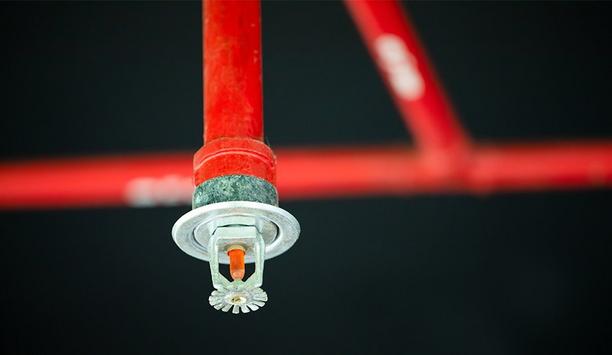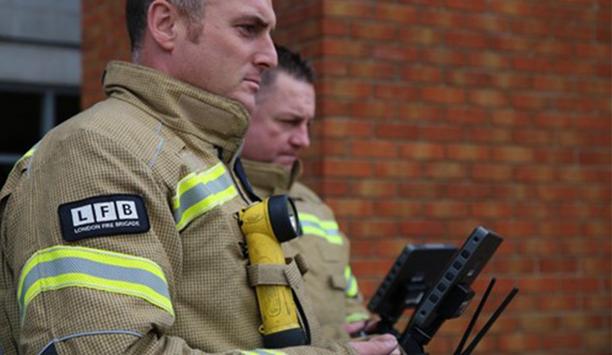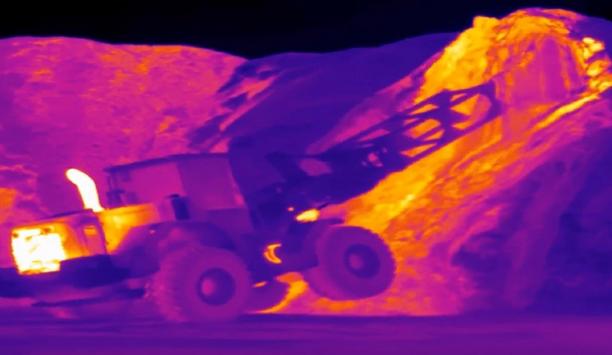Fire Safety Standards - Expert Commentary
Technological advances in recent decades have considerably improved fire alert systems. Fire sprinkler systems are now installed at a rate of 40 million units per year and now, 96% of buildings covered by sprinkler systems are potentially able to control fires without additional aid. The next step is predictive fire alarm maintenance, better fire detection, and more effective fire fighting. These capabilities rely on assessing massive amounts of data in realtime to enable predictive maintenance...
As recent news headlines have shown, the construction industry is still in need of major improvements to fire safety protocols and building standards. With new legislation on the horizon, it’s now imperative companies do all they can to guarantee end-user safety. So, how is digital construction helping to improve fire safety? Matt Ryan, UK Country Manager at PlanRadar, explains how some of the latest digital tools are helping to join the dots in safety inspection and compliance. High ri...
Workplace emergencies come in all shapes and sizes, including fires, explosions, floods, hurricanes, tornadoes, toxic material releases, radiological and biological accidents, civil disturbances, workplace violence, etc. All of which, according to the Occupational Safety & Health Administration (OSHA), require an emergency action plan. Willfully violating that requirement and not having an emergency action plan that is current, well understood and accessible, could result in a fine of US$ 1...
Losing any building to a fire is always a tragedy - but when there is a wealth of history or significance also at stake, the loss is irreplaceable. John Harrison, Sales and Marketing Director at Ramtech, discusses the fire protection challenges associated with heritage projects and how they can be safeguarded from the risk of fire thanks to innovative wireless fire safety technology. The world watched in great sadness and shock as flames engulfed Paris’ Notre Dame - one of the most famous...
The UK’s electric bus fleet is set to become the largest in Europe by 2024, with numbers projected to grow by almost 180%. Risks associated with fire safety The primary technology fuelling our electric buses is the lithium-ion (Li-ion) battery, and, although much more sustainable, these batteries are bringing about fresh fire safety risks to the transport sector. If they become damaged in any way – through overcharging, mechanical failure, physical impact, or overvoltage, for examp...
The UK Fire Service is called out to extinguish fires in approximately 1,500 UK schools per year. Regardless of their size, these incidents disrupt the education of around 90,000 students each year, not to mention the economic strain caused by building damages. But most significant of all, these fires compromise safety. The government recently opened a consultation on proposed revisions to its non-statutory fire safety guidance in schools. Building Bulletin 100 The Building Bulletin 100 (BB10...
Working in the electrical world, it’s sometimes necessary to create a penetration or hole in a fire wall, in order to install cabling for services. Something we often see is that these holes aren’t sealed correctly after installation, in order to ensure the fire wall retains its fire integrity. Fire rated foam, often simply referred to as pink foam, is a common tool in a fire safety specialist or electrician’s toolbox, but this isn’t always the product to reach, for when...
A 2015 survey found that globally firefighters are the most trusted profession worldwide. The fire service provides a vital role during flood events, rescuing members of the public, who may be trapped in their homes, pumping out flooded properties, and recovering stranded vehicles. However, many would not require this assistance, if they had been better prepared prior to a flood. And such preparation could help free up emergency services resources for others. Extreme rainfall and flooding Mor...
Both our homes and public building environments can have a huge impact on our wellbeing, and over the past few years, the importance of health and hygiene standards has only been exemplified. It’s said that eighty percent of common infections are spread by touch. What’s more, every 30 minutes the average person is said to touch surfaces that expose them to 840,000 germs. These germs are prevalent in public buildings too, where touchpoints are areas or items that are used by several...
Door closers are required to protect people and property, but they are left useless without the appropriate adjustments. Kirk Smith of Allegion UK explains the key elements of door closer adjustments and how to correctly approach each type. Described as mechanically or electronically controlled closing devices, door closers are designed to open a door safely and close slowly but firmly enough to latch into place. Importance of closing doors When working as intended, closers play an integral r...
“Luckily, today fire safety is a topic not only experts and constructors, but also the end-consumer is interested in,” said Marc Husband, Purchasing Director at Leader Doors, one of the UK’s renowned door manufacturers and retailers. Over the last few years, there have been many changes in building regulations for flats, apartments and offices for fire safety. Any building with more than three floors needs to be equipped with FD30 rated 30-Minute-Fire-Doors, to ensure that in t...
Fires have devastating consequences, not just posing a threat to property, but also to human life. Fires can also have detrimental impacts on the environment, with one of the largest associated environmental issues being water runoff occurring from tackling the fire. What is Fire Water Runoff? - Water is widely used to extinguish fire, thanks to its accessibility and effectiveness. Typically, water isn’t hazardous and doesn’t pose any threats, however, it can easily become contamin...
Fire safety doesn’t happen by accident; it requires universal attention. With that, Karen Trigg of Allegion UK explores why the importance of working fire doors is often overlooked and why now is an opportune time to bridge the gap between fire safety education and action. Improving fire safety within UK buildings is a challenge we are all continuously facing. Irrelevant of the sector, it’s of the highest importance for any building type - from schools and hospitals to high-rise res...
It is the legal duty of the responsible person in any building to make the evacuation of disabled people equal to that for able-bodied people, as Anthony Smith, Managing Director of Vox Ignis, explains. When the Disability Discrimination Act (DDA) was first introduced in 1995, it gave disabled people long overdue access to goods and services, education, employment, transport and accommodation. This was, subsequently, incorporated into the Equality Act in 2010. Evacuation of mobility impaired pe...
The greatest fire risk to waste and recycling businesses is, without doubt, battery waste. You can find batteries everywhere – in children’s toys, mobile phones and other general WEEE (waste electrical and electronic equipment) that gets processed through waste streams, as well as in machinery and vehicles as part of the move towards more sustainable operations. And where there are batteries, there are fire risks. James Mountain, sales and marketing director, Fire Shield Systems, h...
Communication technology has always been a key area of innovation for a variety of sectors, but the emergency services sector, in particular, is one of those that stands to gain a great deal. Those operating in the fire sector typically operate in noisy, dangerous conditions where communication is essential but difficult. hands-free communication From Bluetooth headsets to clunky hands-on radio systems, there have been a plethora of communication innovations in recent years designed to c...
As organizations start to plan for next year’s operating budget, it’s a good time to take a closer look at fire prevention, what’s its costing and the value it delivers. It’s the perfect time to look at the policies and procedures associated with fire prevention and look for areas of improvement and optimization. To help facilitate this discussion, I turned to the report put out by the Fire Protection Research Foundation in 2017, which explored the total cost of fire in...
In my latest article for TheBigRedGuide.com, I gave a detailed explanation of the differences between British and European fire safety standards. To help shed some light on this complex world, our team of fire safety experts concisely defined the Euroclass and UK standards, and explained how they differ. This article will aim to go one step further and demonstrate what architects, specifiers, and other industry professionals should be looking for when they’re selecting materials and prod...
Fire conditions and extrication events that firefighters arrive at today are very different from the conditions faced years ago. According to research at Underwriter Laboratories (UL), modern homes contain larger quantities of petroleum-based products and plastics that burn faster and hotter versus traditional and more natural materials. Rapid fire spread The result is more rapid and hotter fire growth with exponential increases in heat generation, smoke production and toxicity. Faster flashov...
The product lifecycle of self-contained breathing apparatus (SCBA) is approximately ten years, during which time technology inevitably advances considerably in terms of digitization and ergonomics. Increasingly pertinent in the last decade, and especially since the Pandemic, has also been how kit can be designed for ease of cleaning to ensure firefighters are protected from harmful carcinogens as well as bacterial and viral infections. When we surveyed UK firefighters as part of our ‘Hea...
To manage fire risks, there needs to be a shift away from detecting and responding to emergencies and instead, a look towards connected technologies to provide a pre-emptive, proactive approach. Fires can be highly devastating, putting people at risk and threatening the lives of the public in surrounding areas – not to mention how destructive they can be in terms of damage to materials and property. A connected approach Fortunately, right now, our world is more connected than ever befor...
As the demand for UK housing continues to rise, developers and planning authorities are under increasing pressure to deliver the intended UK Government target of 300,000 new homes per year, by the mid-2020s. The need to build as quickly and as cost effectively as possible, unfortunately often leaves little time to invest in developing a thorough understanding of notoriously Byzantine fire safety standards, increasing the risk of serious, potentially fatal, mistakes. firm understanding of fire...
While conducting research for my 2021 Wisconsin Public Safety Commission (WIPSCOM) conference presentation, it became immediately clear that securing the nation’s public safety answering points (PSAPs) is no longer just an IT challenge. Shifting from an analog to digital operating environment — the next generation of 911 — will require strategic investments into three key areas: people, processes and technology. As call center technology evolves nationwide, the need for greate...
As more and more countries in Europe and North America commit to net zero, a key strategy is replacing old fossil fuel-driven forms of power generation and replacing them with renewable energy, such as wind turbines and solar panels. The wind industry has seen a particular boom, with tens of thousands of new turbines installed every year across the globe. However, like any other heavy machinery, wind turbines can catch fire due to mechanical or electrical failures. These fires can have impacts...
After years of Brexit negotiations and an ongoing climate of prevailing uncertainty, businesses across the UK are still adjusting to the realities of life outside the European Union. Following the end of the UK’s transition period with the European Union, at the end of last year, the United Kingdom is no longer subject to European laws. However, for many companies, the last-minute nature of the Brexit negotiations mean that they remain unclear on what has actually changed in practical te...
The fire sprinkler system in your building is a critical safety measure and, when needed, it can save lives. Still, even the best systems can malfunction, and sprinklers do occasionally fail. When they do, they can drench the interior of your building, damaging everything from furniture and personal belongings to drywall and building materials. As a property manager, dealing with fire sprinkler failure can feel overwhelming. What do you do next? Where do you start? And why did the sprinkler sy...
Drones give Incident Commanders an aerial view, increasing their situational awareness of fires and helping them to develop tactics to tackle them. Station Officer Lee Newman details how the technology was implemented by London Fire Brigade and the continued benefits. Identify external risks The Grenfell Tower fire has resulted in revisions to several operational procedures and the introduction of new equipment within the Brigade. A few months after the fire, the Brigade was tasked with sett...
Waste management sites are particularly vulnerable to fires, with hundreds reported every year, just in the UK. The materials stored in a waste heap make them particularly risky environments. ‘Hot spot’ fires, as they’re called, can be caused by chemical waste, flammable items, or the heat caused by the natural breakdown of organic materials. A blaze can start quickly and without warning, building into a major issue that can threaten lives and livelihoods. And not only...
There is a sense in some markets that the paper and pulp industry will decline owing to the digital technologies with which people interact every day. While this might be considered logical, the reality is completely different. In fact, the paper and pulp industry has experienced a steady growth and will continue to do so in 2021. Production of paper increased by more than 450% in the last decades and the demand of paperboard in the world is expected to grow significantly, driven by e-commerce...
The UK’s demand for sustainable heat and power sources is increasing rapidly. This is seeing a growing dependence on renewable energy sources for electricity, and, as we’re facing a landscape of constrained power generation, consistency of this power source is becoming a key concern. Fire is an evolving risk for power stations. It can cause prolonged outages, which are damaging to sites’ personnel, equipment, and fuels. However, these fires are very common. James Mountain, Sal...
The New Future For Fire Agencies
DownloadThe Eight Key Trends in Fire Detection in 2023
DownloadA Digital Platform to Improve Fire Safety Compliance and Inspections
DownloadOvercoming the Challenges of Fire Safety in the Paper Industry
DownloadCarbon Monoxide: Creeping Killer Caught In The Act
Download